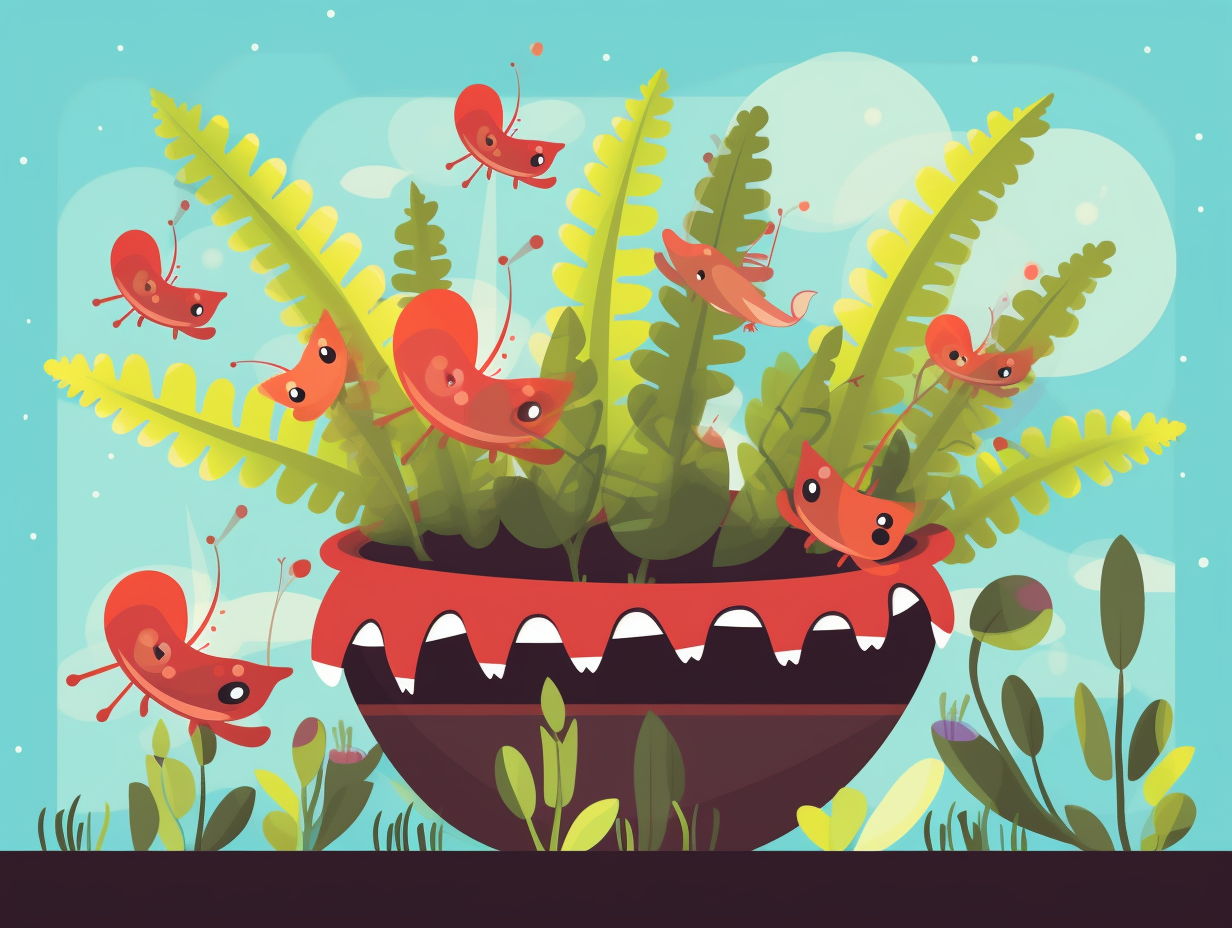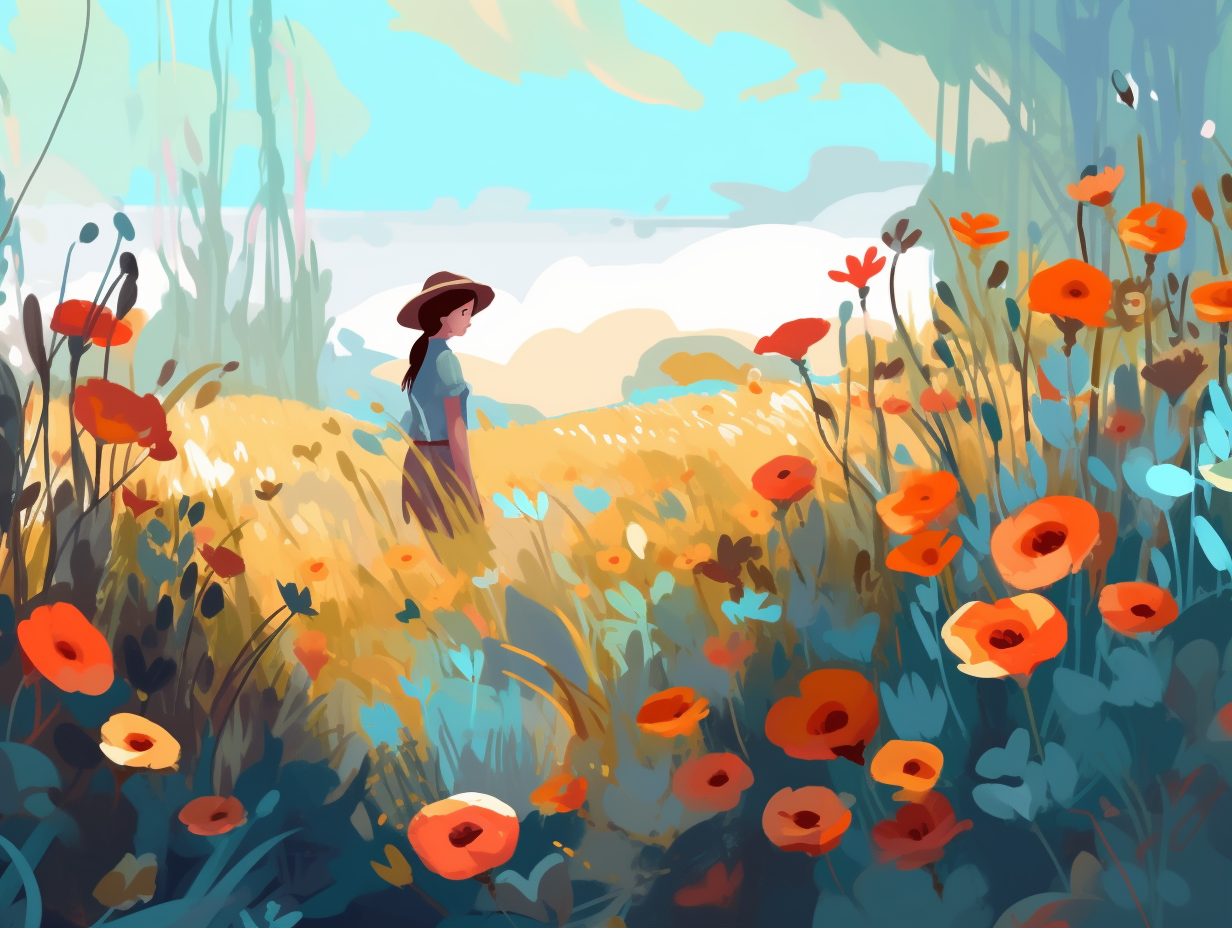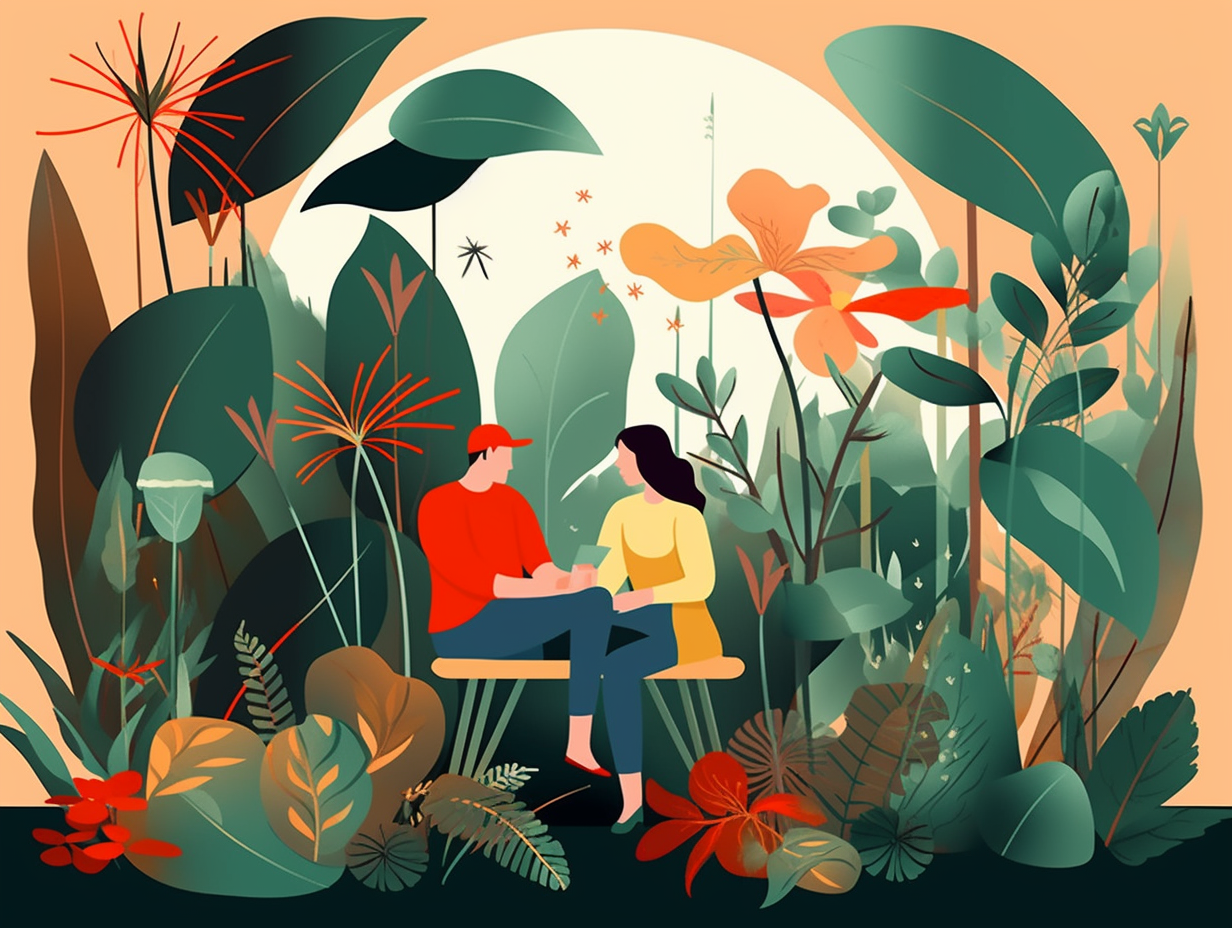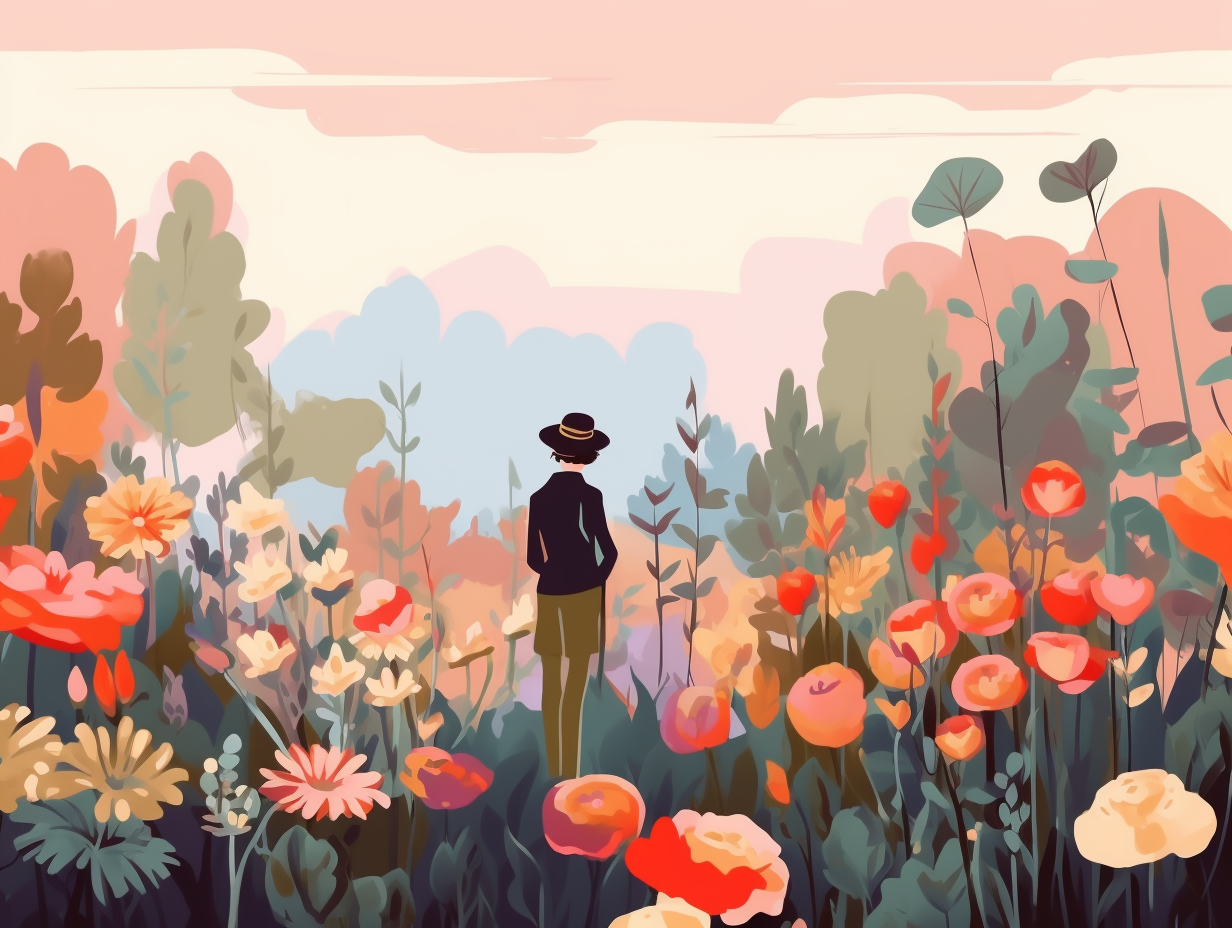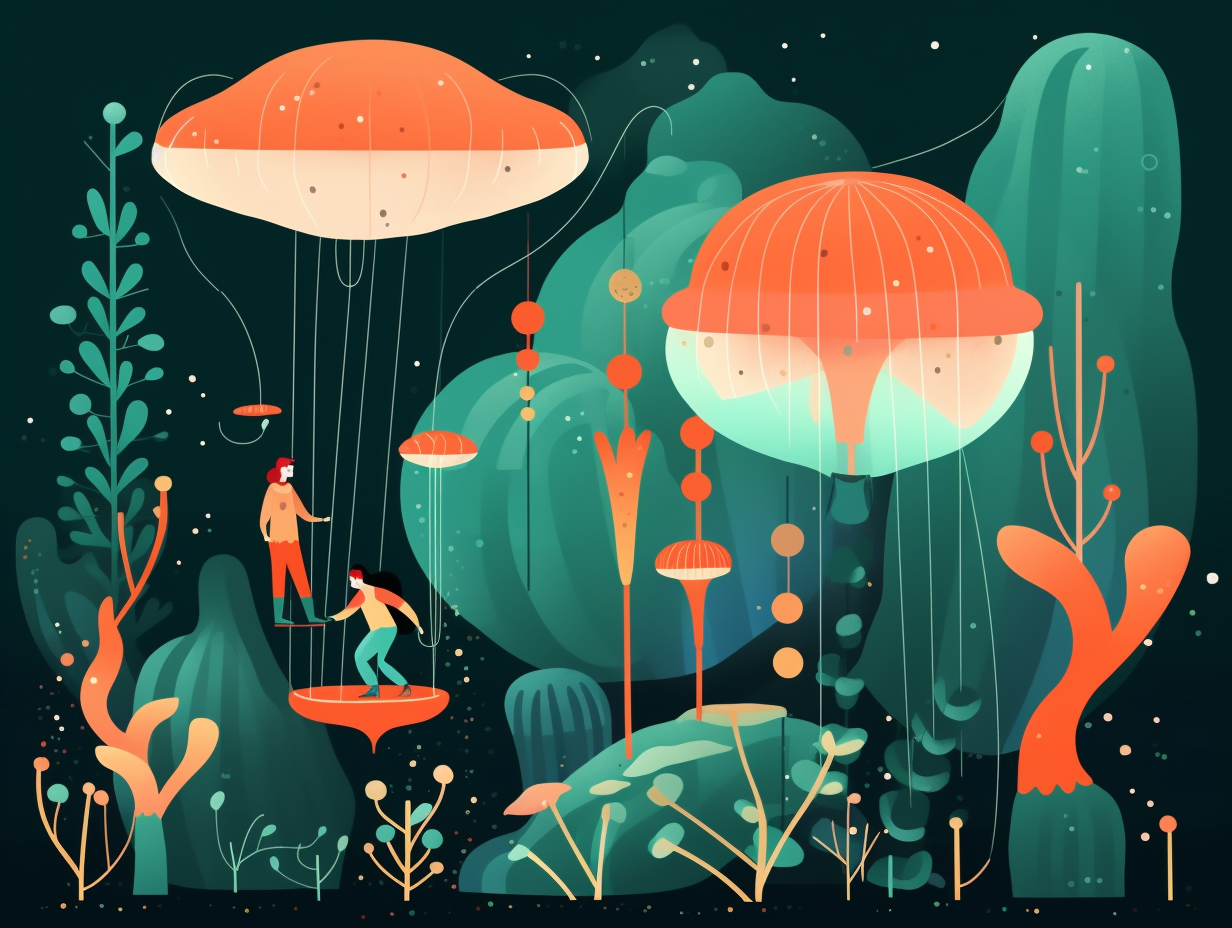Top 14 Amusing Fungi Facts: Discover the Fascinating World of Mushrooms and More!
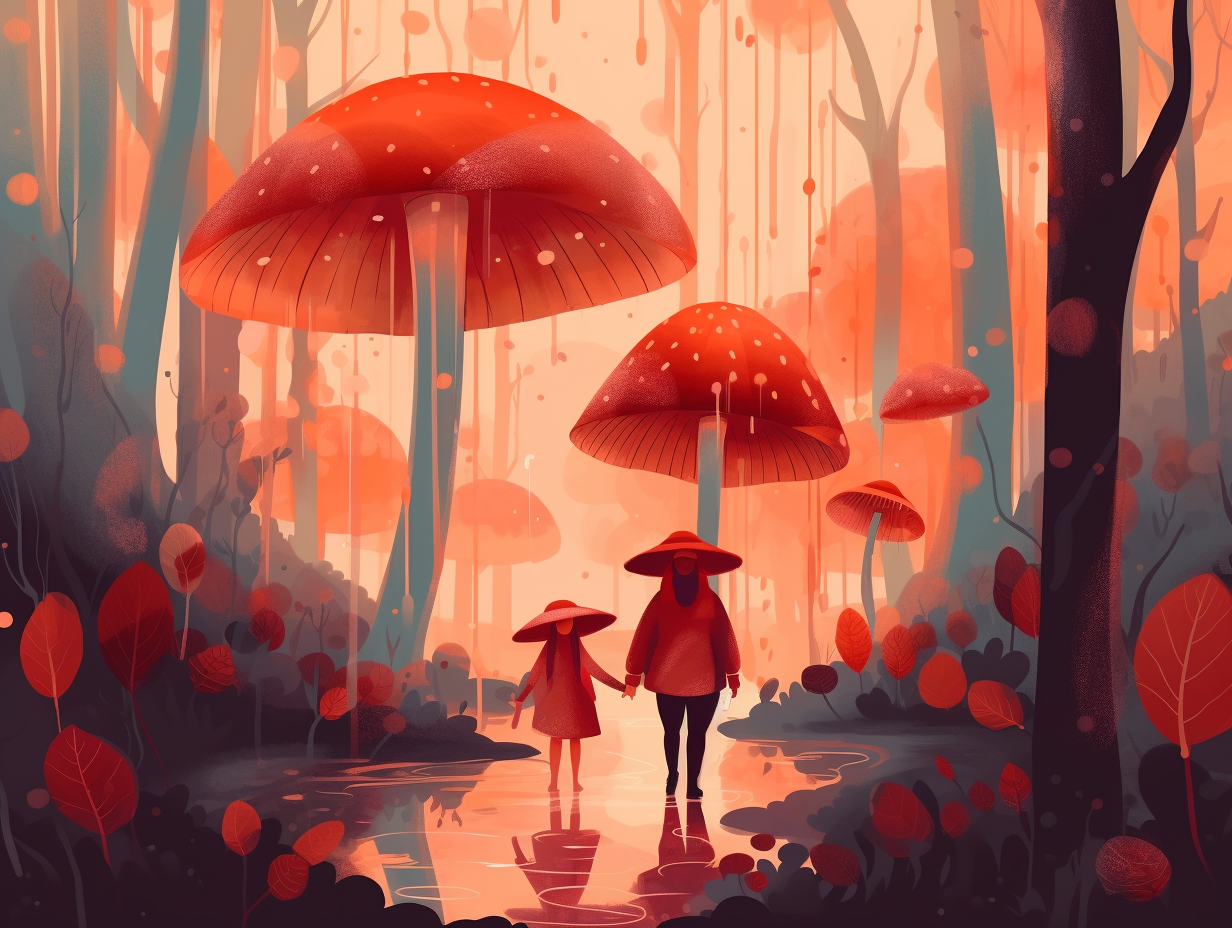
1. Fungi's Nitrogen Transfer Party
Fungi, those "fun-guys", aren't just good for pizza toppings – they play a vital role in a nitrogen cycle you'll never look at the same way again: Fungi can transfer nitrogen from insects to plants, specializing in nutrient transfer from outside the roots in exchange for delicious plant sugars, giving us a fresh perspective on their role in the ecosystem.
Source => ncbi.nlm.nih.gov
2. Ancient Shoe-String Fungus Giant
There's a fun guy wearing an old pair of shoes, but he's no couch potato: Armillaria ostoyae, one of the largest and oldest known organisms on Earth, covers about 2,384 acres in Oregon's Blue Mountains while being 2,400 to 8,650 years old. Reaching such proportions by using flat, shoestring-like rhizomorphs, it dabbles in a side hustle – Armillaria root disease – occasionally wiping out conifer communities across North America.
Source => scientificamerican.com
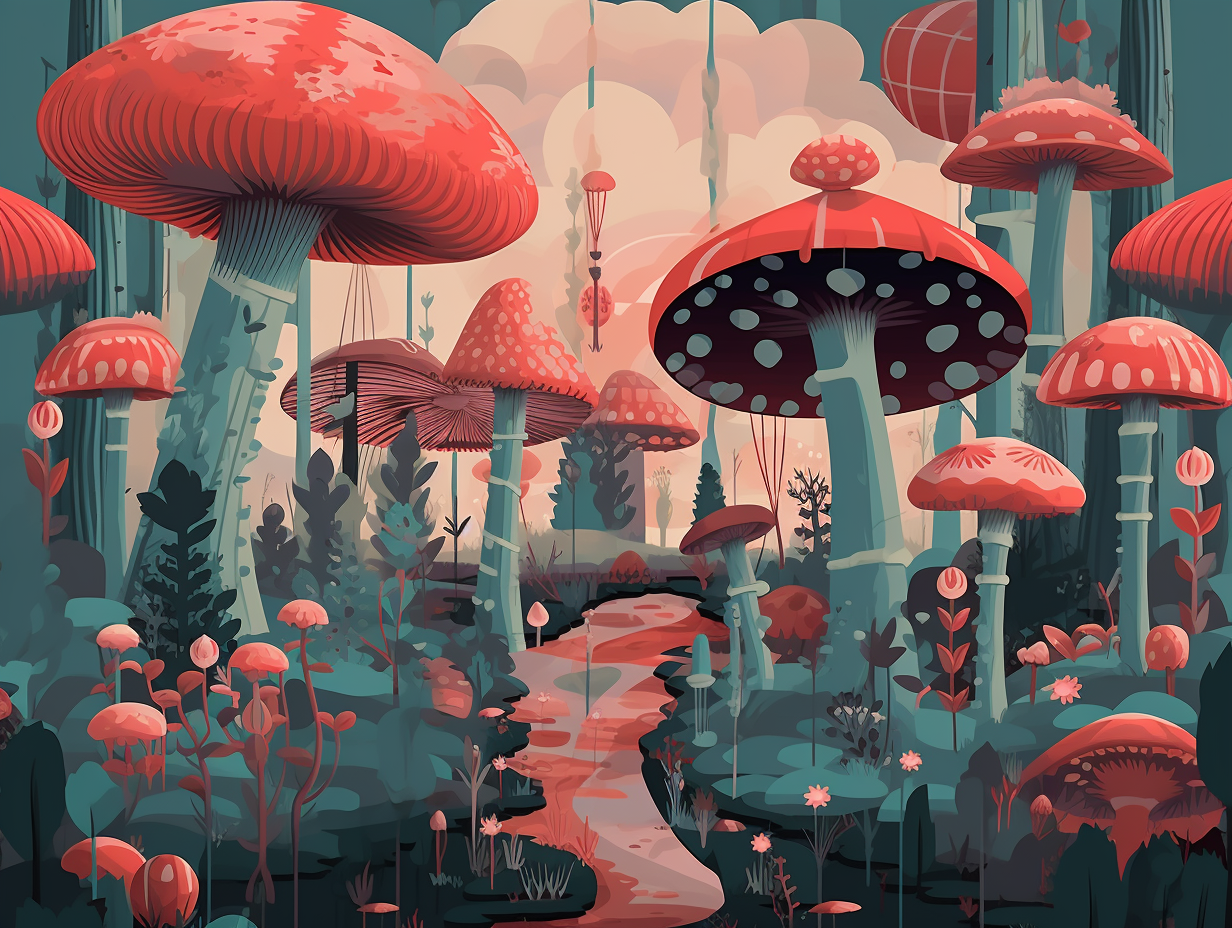
Did you know there are 140,000 mushroom species with unique flavors? But be cautious, some can lead to gruesome gastro-trips and organ failure! Discover which ones to avoid and enjoy their benefits safely.
=> Fun Facts about Mushrooms
3. Fungi: Nature's Ultimate Recyclers
Who says mushrooms don't make fun-guys at a party? They have definitely earned their cool cap amidst the wild world of nature: Fungi play a critical role in ecosystems as nature's recyclers, decomposing dead plants and animals, creating soil, and even yielding life-saving medicines like antibiotics!
Source => pubmed.ncbi.nlm.nih.gov
4. Zombifying Ants for Spore Fiesta
Ants, prepare to be zombified: Contrary to popular belief, the Ophiocordyceps unilateralis fungus doesn't force ants to take their final crunch on a leaf, but rather hypnotizes them to scale new heights and stay put, ultimately creating a spore-spewing fiesta to infect other unsuspecting creepy-crawlies. Rest assured, though, these devious fungal hijinks can't meddle with human minds!
Source => npr.org

5. Reindeer Tripping on Hallucinogenic Shrooms
When life gives nudging elves, red caps, and flying reindeer a whole new meaning: the Amanita muscaria mushroom, also known as fly agaric, was used by indigenous Arctic people to induce hallucinations during winter solstice ceremonies, detoxifying the shroom through dehydration, reindeer urine, or getting Dasher and Dancer tipsy themselves for a spiritual afterparty!
Source => ffungi.org
6. Penicillin's Funky Fungi Origins
Before Alexander Fleming's moldy petri dish became the coolest thing since sliced bread: it took over a decade and the tireless efforts of a team led by scientists Howard Florey and Ernst Chain to perfect the production process of penicillin, the first antibiotic concocted from fungi.
Source => sciencemuseum.org.uk
7. Fashion-Forward, Denim-Loving Fungus
While fashion designers might not consult with fungi, our denim jeans still owe a little debt to these moldy lovelies: Trichoderma reesei, a filamentous fungus, is an efficient producer of cellulases that can be used in biostoning treatments for denim fabric and has even had its genetics tweaked to produce higher amounts of endoglucanase activity for applications like the textile industry.
Source => ncbi.nlm.nih.gov
8. Carbon-Storing Fungi Beavers
Swapping carbon for buns in the oven, fungi are extraordinarily eager beavers when it comes to greenhouse-gas sleepovers with plant pals: Teaming up with certain types of plants allows fungi to store up to 70 percent more carbon in the soil, playing a sneaky role in the carbon cycle and possibly softening the blow of climate change.
Source => washingtonpost.com
9. Mushroom Sun Block for Space Travel
Fungi: the original X-men with their melanin superpowers, boldly going where no mushroom has gone before! Here's the scoop: Cryptococcus neoformans, a special fungus, can process radiation through radiosynthesis thanks to its high melanin content, inspiring scientists to consider its potential as a space-age "sun block" for astronauts and potential applications in medicine.
Source => economictimes.indiatimes.com
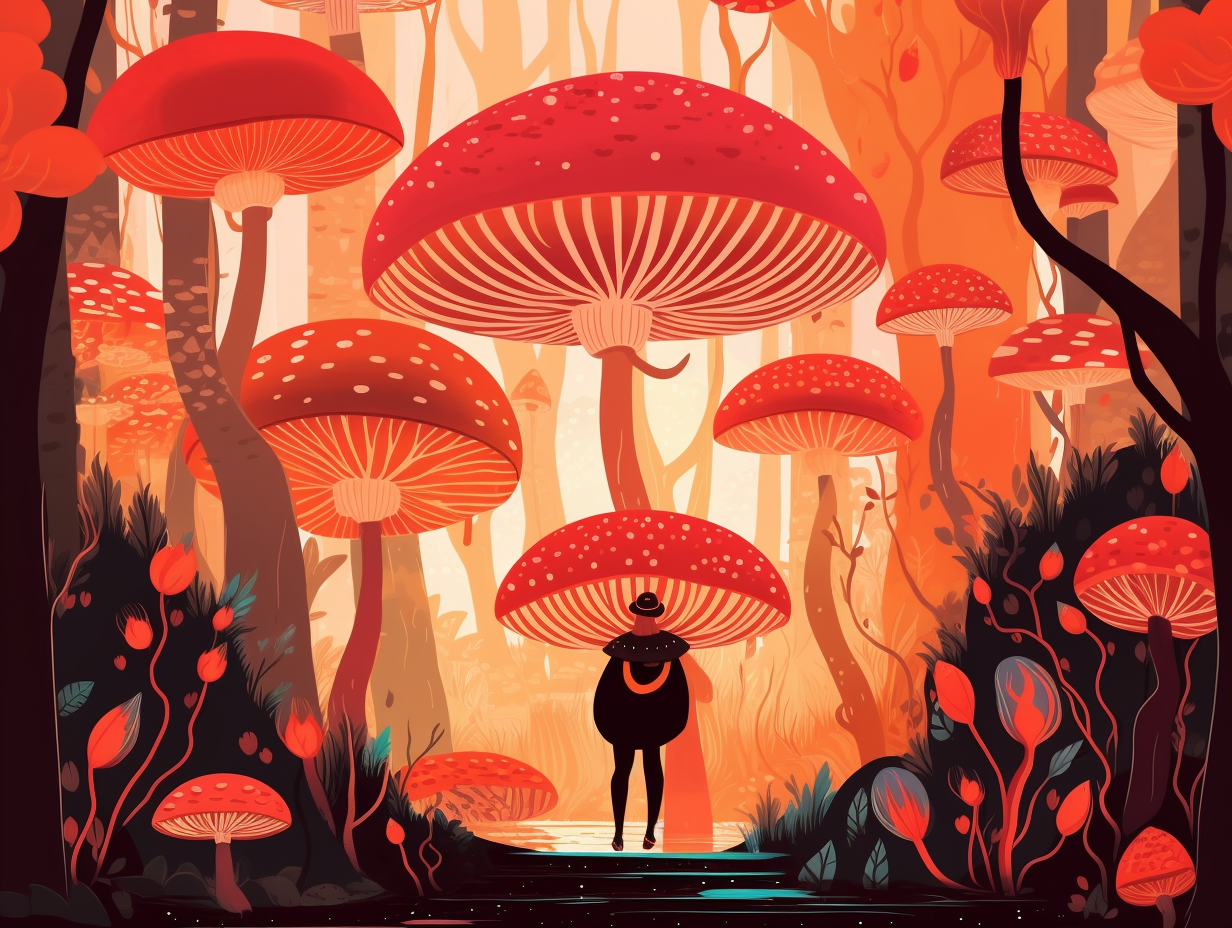
10. Plastic-Guzzling Pestalotiopsis Fungus
Whoever said fungi were just a bunch of boring spore-formers never met ol' Pestalotiopsis, a miracle mushroom-guzzling polyurethane like it's mushroom soup: In reality, Pestalotiopsis microspora has demonstrated an impressive ability to break down and consume polyurethane, making it a potential hero for our plastic-ridden planet. However, scientists still need to explore the full extent and boundaries of this curious fungus' potential before it starts gobbling our Tupperware.
Source => mindseteco.co
11. Hub Trees: Forest Matchmakers
Who needs match-making services when hub trees are the original "mother of all networks": These timber titans nurture young saplings by connecting their roots deep down in the soil, sharing life-sustaining gifts like water, nitrogen, and carbon through an underground mycorrhizal network that helps entire forests flourish.
Source => nationalforests.org
12. Fungi's Impressive Multitasking Resume
From the "Molds" that grow on your science experiments gone awry to your favorite hallucinogenic party accessory, fungi have quite the resume: these versatile organisms serve as crucial players in ecosystems, outnumbering plants 6 to 1, while providing essential enzymes, drugs, and cholesterol-busting secondary metabolites with potential untapped benefits yet to be explored.
Source => pubmed.ncbi.nlm.nih.gov
13. Quorn: The Eco-Friendly Fungi Protein
Move over yeast, there's a new fungi in town, and it's here to make an eco-riendly protein statement: Quorn mycoprotein, derived from the fabulous Fusarium venenatum fungus, brings protein-packed power through fermentation – just like bread, beer, and yogurt – with 95% fewer CO² emissions than ground beef and oodles of fiber sans the saturated fat. Talk about mush-room for improvement in our diets!
Source => quorn.us
14. Aviation Biofuels from Decaying Leaf-Eaters
Step aside, corn and sugarcane – there's a new fuel for our flying machines, and it's none other than decaying leaf-eaters themselves: Aspergillus carbonarius, a black fungus, can digest oatmeal, wheat straw, and non-edible corn leftovers to produce hydrocarbons – the basis of petroleum – proving more efficient than other methods and paving the way for low-cost, eco-friendly aviation biofuels.
Source => gombaforum.hu
Related Fun Facts





